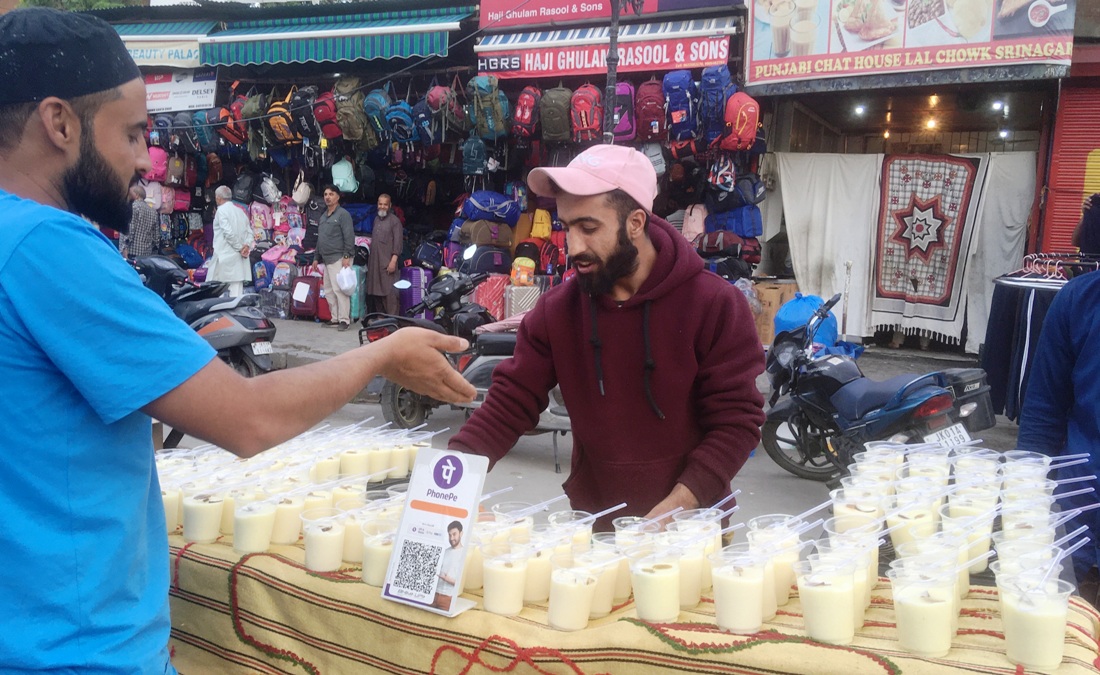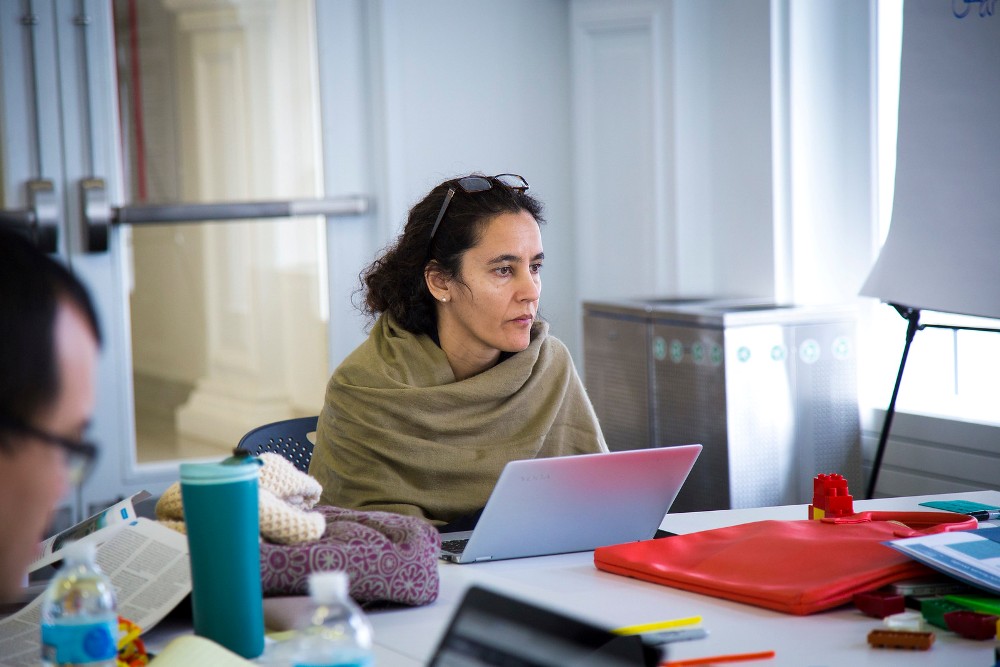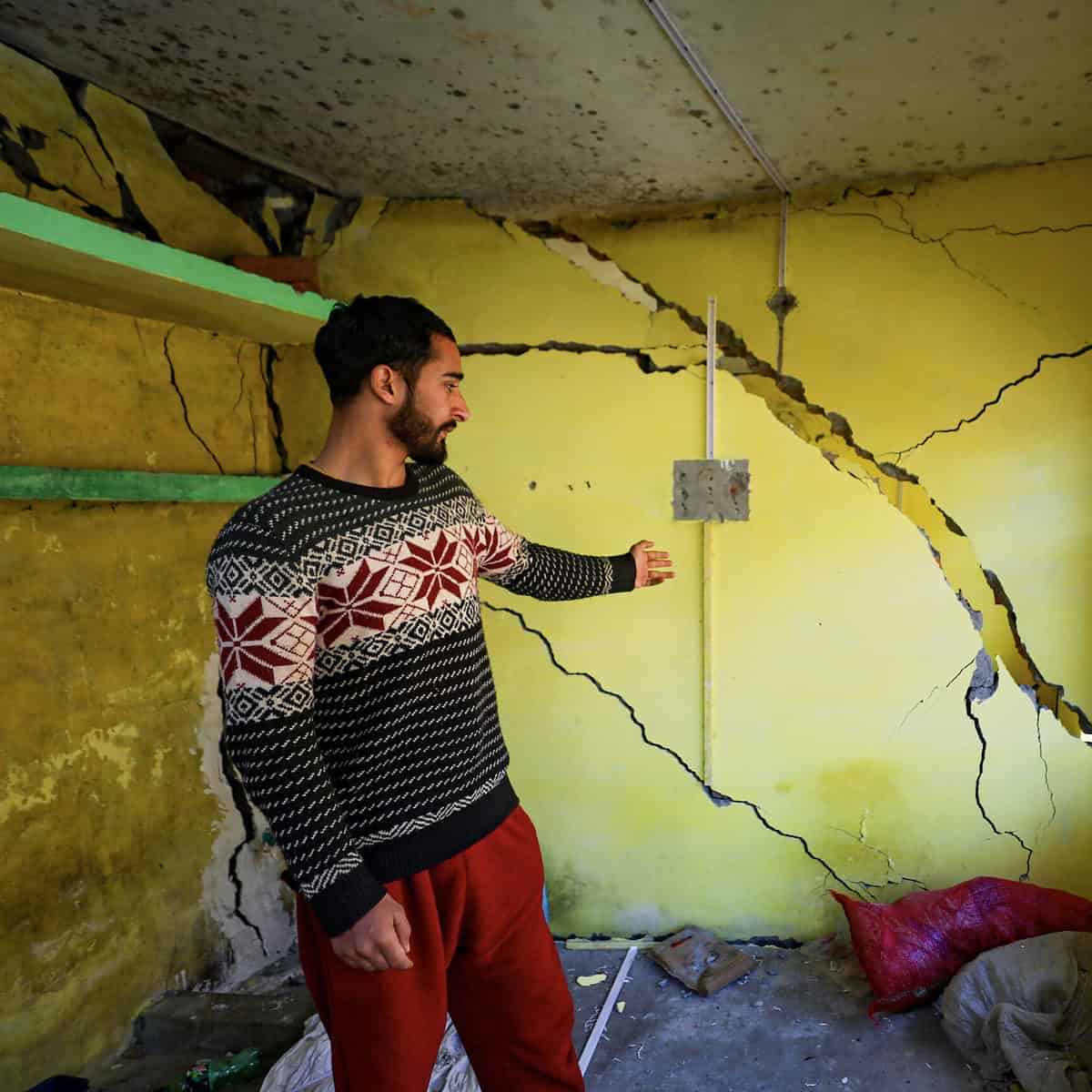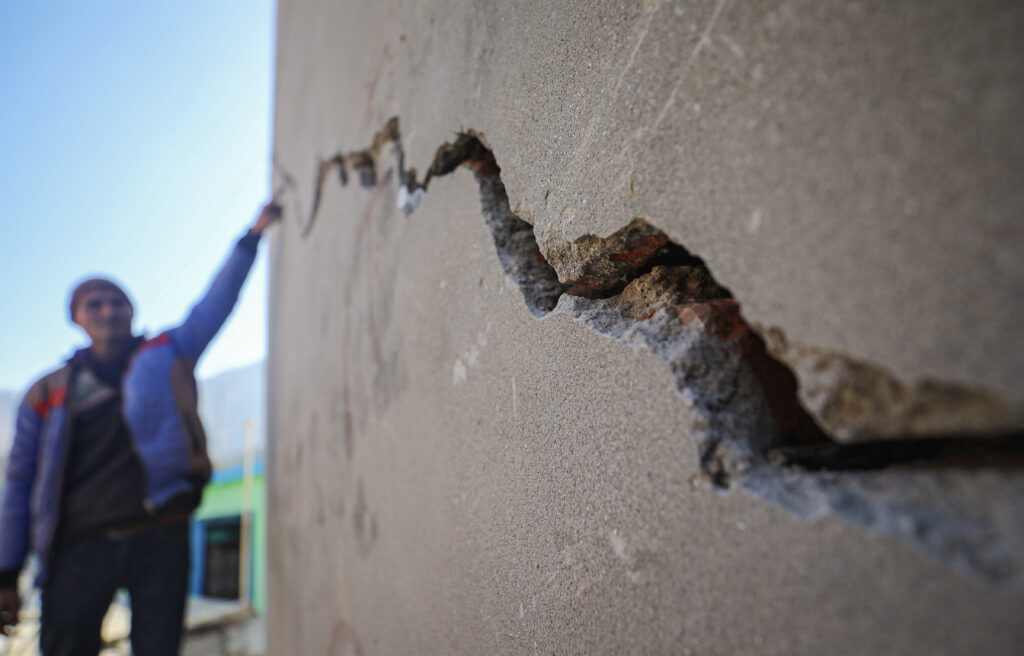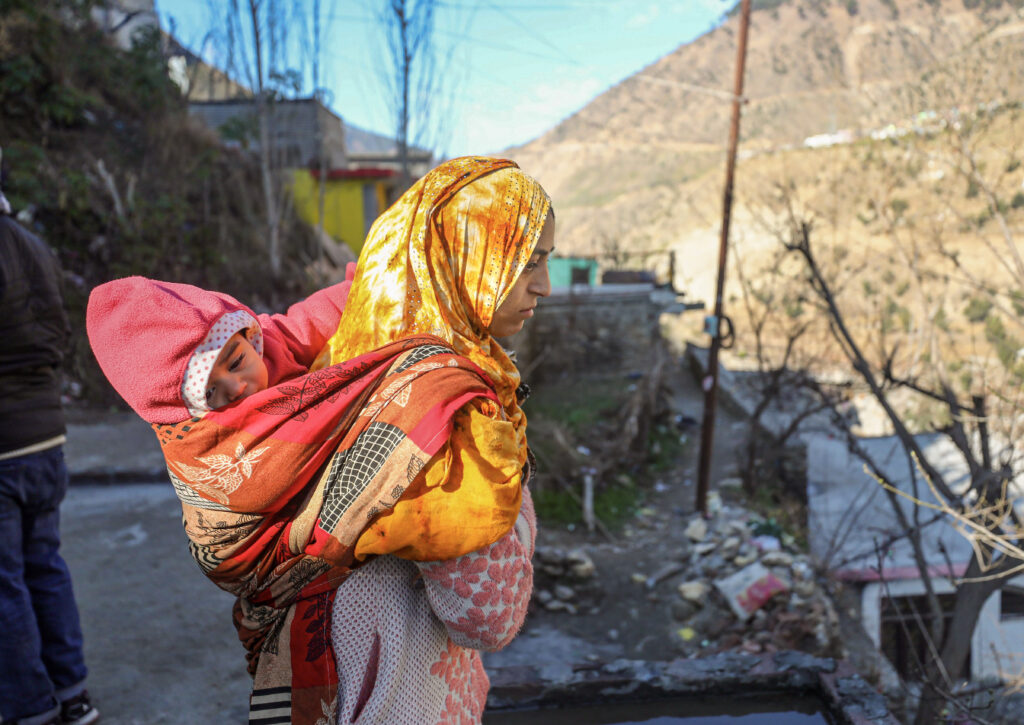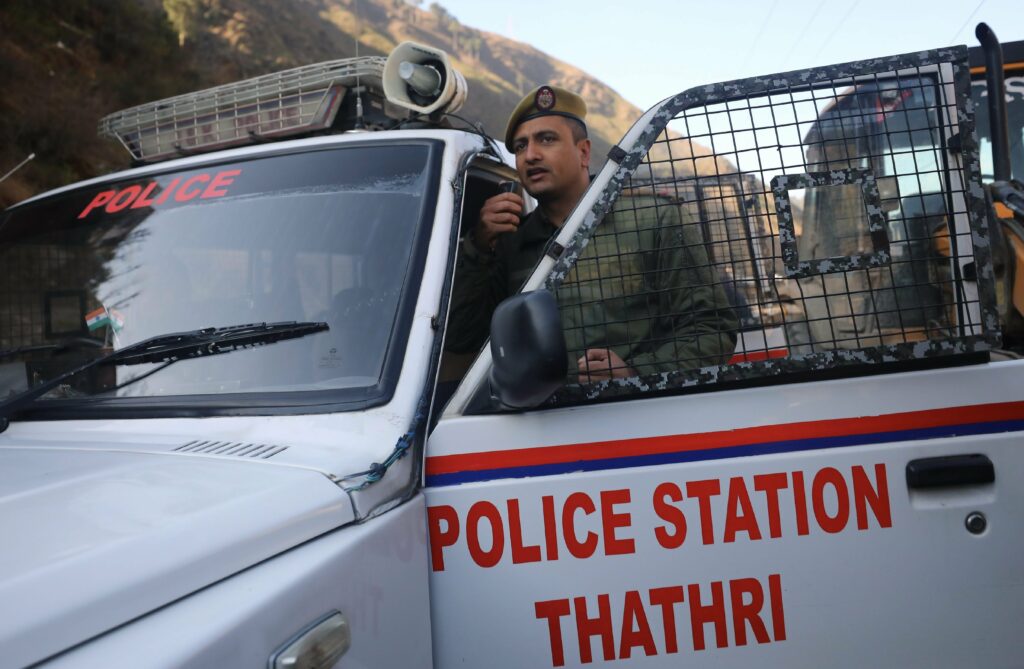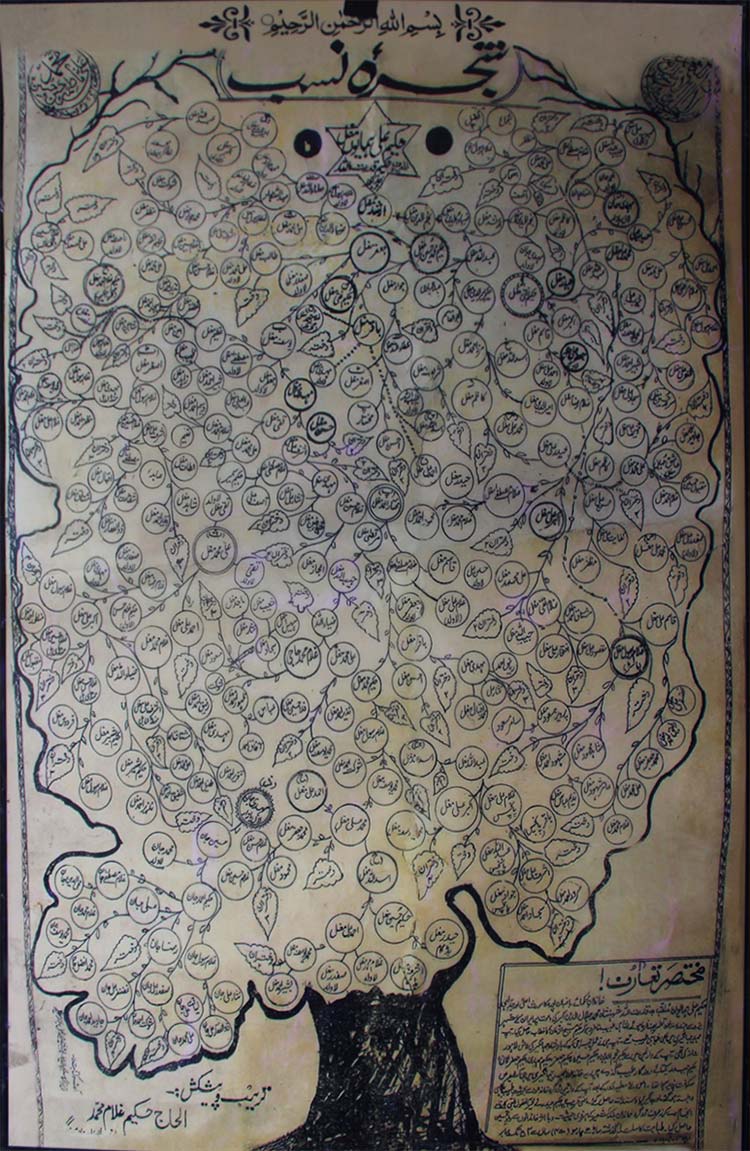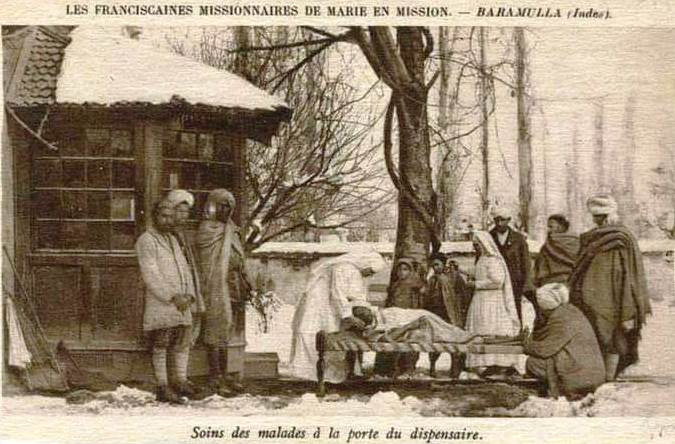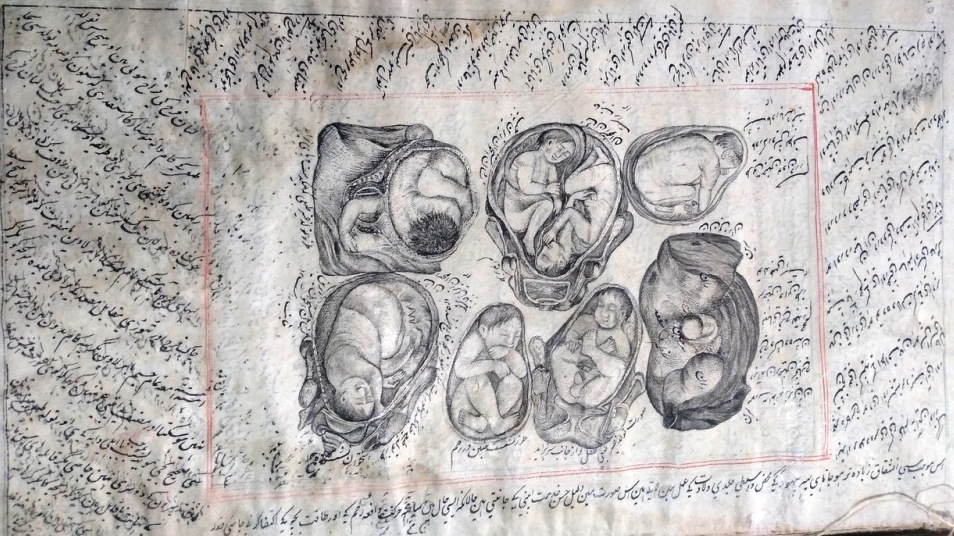[ad_1]
With the political permutations and combinations continuously at play in Jammu and Kashmir since the last assembly elections in 2014, the region has witnessed the formation of 22 new political parties in the last eight years, reports Yawar Hussain
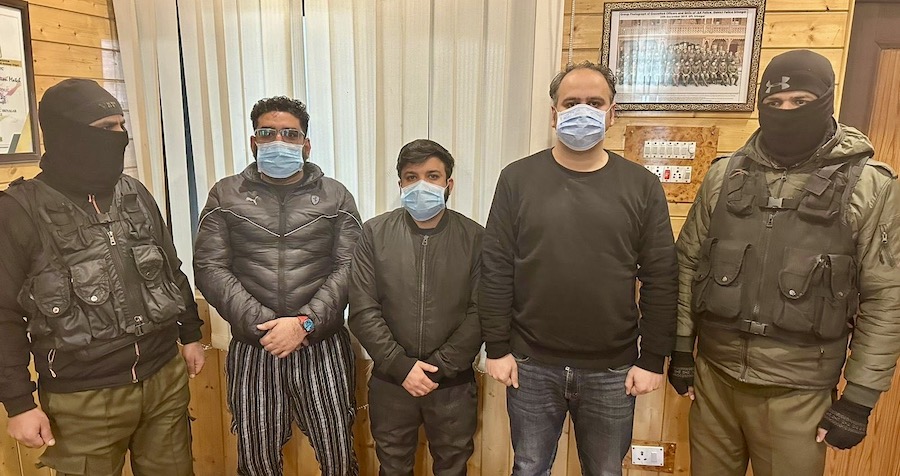
The Democratic Progressive Azad Party (DPAP), recently formed by Ghulam Nabi Azad has been a new entrant in Kashmir’s political space. While he managed dissensions from the Congress, the clock reversed soon as six leaders including three former lawmakers re-joined the Congress around Rahul Gandhi’s Bharat Joda Yatra.
Like Congress, the Peoples Democratic Party also faced similar dissensions after the fall of the BJPDP alliance in June 2018. While it paved way for the making of the Jammu and Kashmir Apni Party as 12 former PDP leaders joined it, the rest choose Jammu and Kashmir Peoples Conference which now has 10 former PDP leaders.
Unlike JKAP and JKPC, there are many parties – registered and unregistered, which have cropped up post-August 2019.
Not Traditional
Jammu and Kashmir Nationalist Peoples Front, launched in 2021, is headed by Sheikh Muzzafar who says that the party’s core ideology is violence, drugs and corruption-free Jammu and Kashmir while the issues like Article 370 aren’t their cup of tea.
“The parties raking up the 370 issues should address it. We have only these three issues on our plate,” Muzzafar said. On being asked about how different JKNPF is from parties with similar agendas, Muzzafar said that the traditional parties have exploited both India and Pakistan. “They have added to the violence, the root cause of which is corruption which we plan to eradicate.”
Along similar lines, the Jammu and Kashmir Awami Awaaz party was formally launched in February 2022 with Suhail Khan as President. The party came into the news soon after they went to hoist the tricolour at Ghanta Ghar.
The party spokesperson Mohammad Arif said that the traditional parties have only pushed the common masses down while siphoning the money for themselves. “Our youth are mainly into drugs because of unemployment. We would get multi-national companies here so that youth get jobs like in rest of India.” He said that Article 370 is a right of the people of J&K that they should get. “Party would decide on the course of action on 370 in coming time.”
As per the party’s vision statement, the members have “affirmed to strive for national integration, peace, brotherhood, communal harmony, development and all other issues for the betterment of inhabitants of Jammu Kashmir without consideration of Caste, creed, region, religion, sex colour and so on.”
Jammu and Kashmir All Alliance Democratic Party was launched in July 2022 by Raquib ul Rashi, Navneet Misra and Nasir Ali Kochak, who all switched from Aam Aadmi Party.
Mishra said that the party’s core agenda is statehood which was snatched unfairly. “The traditional parties in Jammu and Kashmir have only divided the people of the area on religious and regional lines. We will try to bridge those gaps.”
He said that JKAADP is for the restoration pre-August 5 status on the lines in which the farm laws were reversed which were also passed by parliament.
Haq Insaf Party, registered with the Election Commission of India in July 2019, is headed by the former Aam Aadmi Party. Its leader Bilal Khan says that the party was formed for addressing basic developmental issues which the traditional parties couldn’t deliver in the erstwhile state. However, Khan believes that Article 370 shouldn’t have been read down.
Gareeb Democratic Party J&K (GDBJK) was launched in September 2022 by Bashir Ahmad Ganie who rechristened his earlier party Rajya Navjawan Shakti Party started in 2005. The party’s core agenda is to give tickets to people from financially weaker backgrounds so that they can become part of the developmental process.
Aman Aur Shanti Tehreek-e-Jammu Kashmir founded by hitherto unknown Abdullah Kashmiri is registered by the Election Commission of India under the unrecognised party category.
Before August 5, the party was a votary for protection of the Jammu and Kashmir’s special status. Recently, Abdullah during a protest asked the leaders associated with the Hurriyat Conference to leave the resistance and become part of mainstream politics.
All India People’s Nationalist Party, launched in November 2021 is headed by Mudasir Ahmad and Sheeraz Zaman Lone Tantray.
Mudasir says that the party’s core agenda is the restoration of the statehood that the Home minister and Prime Minister have promised. “We plan to go to each part of India as well as Jammu and Kashmir for our demand, unlike the traditional parties.”
He says that the party also wants to be a messenger from J&K to other people of India who think that Kashmiris aren’t nationalists. “There is a gap which might be our fault. We want to tell the people of the country that we too are nationalists.”
Jammu and Kashmir Save Party (JKSP) started by Ghulam Hassan Dar is also critical of the traditional parties. Dar says that the PDP and NC have both killed and maimed the people of Kashmir for power while accusing each other of public consumption.
He said that NC sold autonomy while PDP sold self-rule while others sold the right to self-determination and Azadi to the “beleaguered” people of Kashmir.
“The youth of Jammu and Kashmir want to change. We formed the JKSP to only save the people from these traditional parties.”
Jammu and Kashmir Workers Party came into prominence during the 2018’s Panchayat elections which the PDP and NC boycotted against the central government’s non-assurance on protection for Article 370. Since his party put up candidates in that Panchayat election, Mir Junaid, its leader has been vocally critical of both the PDP and NC.
Terming NC’s and PDP’s Gupkar Alliance as ‘Ali Baba Aur Chalis Chor’, Mir said that pre-August-5 these parties were saying that if Article 370 goes they won’t abide by the Indian constitution and won’t even hold the tricolour. “When District Development Council elections were announced, they both jumped into the contest. That is the proof of their hypocrisy.”
“What is wrong if someone from Jammu becomes Chief Minister this time around? Kashmiris have ruled the region for so long,” Mir said. His party has been supportive of the August 5 moves vis-à-vis the erstwhile state.
Mir managed to get dissension from the National Conference when his wife and former lawmaker Shenaz Ganai parted ways with the party before their marriage.
In line with the new parties emerging against the traditional ones, Sheikh Imran, a Srinagar Municipal Corporation councillor has now started Khanyar Darbar which is yet to be established as a party.
Imran, like Mir, came to prominence during the Urban Local Body elections of 2018, which were also boycotted by NC and PDP. He started with Congress and then Peoples Conference. Currently, he is critical of the PDP, Congress, NC and everyone else under the Khanyar Darbar umbrella. However, he has had rekindled bonhomie with JKAP Youth President and SMC Mayor Junaid Azim Mattu but has been critical of JKAP Chief Altaf Bukhari in a rather timid tone.
Challengers
This new political crowd apart, Kashmir’s traditional parties will face the challenge from the Jammu and Kashmir Apni Party (JKAP), Jammu and Kashmir Peoples Conference (JKPC) and the newly formed Democratic Progressive Azad Party.
JKAP, formed in March 2020, has been critical of the Gupkar Alliance while being silent on the JKPC. The party’s core ideology has been the restoration of statehood along with securing land and job rights for the people and basic development including job creation.
The party floated at a time when all top mainstream leaders of Kashmir were in custody post-August 5. JKAP managed to win 12 seats out of 172 seats in the DDC elections of 2020 but installed its chairmen in two district development councils of Kashmir Valley.
Like the JKAP, the JKPC, which had just two seats in the previous assembly, gained substantial leaders from the PDP.
An ally of the BJP in the previous government, JKPC also won the chairperson posts of two DDCs in Baramulla and Kupwara. The party was a part of the Gupkar Alliance pre and post-August 5 but they parted ways alleging that PDP and NC had put proxy candidates against them in the DDC elections.
However, all Gupkar Alliance constituents alleged that proxy candidates were put up by them against each other including by the JKPC. JKPC has been a votary for the restoration of Articles 370 and 35-A.
Both JKAP and JKPC have been dubbed as BJP’s B-team.
The traditional parties are now also bracing up to either an ally or fight against Azad’s DPAP who had earned goodwill across the board for his three-year term as its chief minister from 2005 to 2008.
Even though Azad hasn’t been critical of the traditional parties barring the Congress, he has termed his chief ministerial era as the “best” in a direct snub to these parties who have ruled J&K multiple times.
His party’s ideology is in contravention of the Gupkar Alliance but in line with the JKAP. DPAP is also vouching for the restoration of statehood along with the protection of land and employment rights for natives and development.
While Gupkar Alliance avoided dubbing DPAP as BJP’s second fiddle, the Congress and JKAP alleged that they were propped up by the Centre. The DPAP hasn’t had a smooth run so far as the party’s few founding members are in the doldrums while some have returned back to the parent Congress party.
The Aam Aadmi Party (AAP), which voted in favour of the reading down of Articles 370 and 35-A along with the downsizing of Jammu and Kashmir to a UT, has been looking for inroads into the Jammu province based on their performance in the neighbouring Punjab state.
After facing many hiccups since 2014, the party last year got a shot in the arm when the Jammu and Kashmir Panthers Party almost merged into AAP with former’s chairman Harshdev Singh joining the bandwagon.
The party has been eyeing the Jammu province’s Hindu heartland areas where it sees Congress’s downfall as a window of opportunity to challenge the BJP which has been ruling the region since 2014.
Swept Away
Earlier in March 2019, babu-turned-politician Shah Faesal launched Jammu and Kashmir Peoples Movement (JKPM), which he deserted after August 5 to join back the civil services. JKPM became conspicuously absent from the discourse even though it was launched with much fanfare – Hawa badlegi. Initially, the party tied up with former lawmaker Engineer Rashid’s Awami Ittihad Party (AIP) for the 2019’s general elections. Rashid, currently in Tihar jail in a militant funding case, had managed to garner over one lakh votes in a closely contested election.
However, Faesal along with scores of mainstream politicians was detained under Public Safety Act (PSA). After his release in 2020, Faesal left politics and is currently Deputy Secretary of the Union Culture Ministry.
His party was then in hands of former Peoples Democratic Party lawmaker Javaid Mustafa Mir who also deserted the ship to join the JKAP.
Like JKPM, the AIP also witnessed dissensions after Rashid’s arrest. Former AIP Spokesperson Sheeban Ashai left the party last year in August to form the Jammu and Kashmir Peoples Party.
He accused his former boss Rashid’s brother Sheikh Khurshid of engaging in close-door negotiations with JKAP Chief Syed Altaf Bukhari.
His party’s agenda would be healthcare, education, infrastructure development and job creation.
“Resolution of Kashmir problem, Articles 370 and 35-A and statehood along with repealing of draconian laws is sacrosanct for us,” Ashai said.
In July 2020, cricketer Sayim Mustafa launched his Jammu and Kashmir Socio-Political Movement (JKSPAM) party which fizzled out soon with no activities visible on the ground. However, last year in March, Mustafa personally participated in a youth convention at Sher-e-Kashmir Park where he spoke on the engagement of youth.
New Jammu Parties
National Awami United Party, founded in July 2019 by Sandeep Singh Manhas is registered with the Election Commission of India under the unrecognised category. The party is focused on clean governance in Jammu and Kashmir.
National Democratic Party (Indian) launched in November 2018 by Rajesh Gupta has been critical of the traditional parties barring the BJP. In May 2019, when BJP returned to power in the centre, Gupta while congratulating Prime Minister Narinder had said, “It is a golden opportunity for Modi to remove article 370 as he promised in his Party’s manifesto. He can overcome this issue once and for all by removing Article 370.”
Jammu and Kashmir Peoples Party Secular was founded by Sushant Bakshi on the issues of clean governance and development.
The two important parties which emerged in Jammu post-2014 include the ultra-right wing Ikk Jutt Jammu headed by Ankur Sharma and Dogra Swabhiman Sanghathan (DSS) headed by former Congress and BJP lawmaker Choudhary Lal Singh.
While Ikk Jutt has been championing the cause of a separate state for Jammu while keeping Kashmir valley as union territory without an assembly, DSS has been focussed on safeguarding Dogra identity which it says is under threat following the reading down of Articles 370 and 35-A.
Parties De-Registered
The Election Commission of India de-registered eight parties in Jammu and Kashmir in 2022, which include Jammu & Kashmir Awami League, Jammu and Kashmir Democratic Party Nationalist, All J&K Peoples Patriotic Front, Democratic Janta Dal (J&K), J&K Citizens Party and Jammu and Kashmir National United Front, Jammu and Kashmir Peoples Democratic Front (Secular) and Jammu & Kashmir Save Srinagar Front.
J&K Awami League was founded by Mohammad Yusuf Parray (alias Kuka Parray) in 1995 and had an MLA each in the 1996 and 2002 assemblies. Kuka’s son Imtiyaz Parray joined JKAP last year.
The Democratic Party Nationalist was formed by former minister Ghulam Hassan Mir after he quit Peoples Democratic Party (PDP). He currently is the senior vice president of JKAP.
The Jammu and Kashmir Peoples Democratic Front (Secular) is headed by several-time lawmaker Hakim Yasin. The party since its launch in the early 2000s hasn’t won any other seat. Its deregistration has been termed as a “confusion” by the party which has taken up the matter with ECI.
[ad_2]
#Kashmirs #Parties
( With inputs from : kashmirlife.net )

